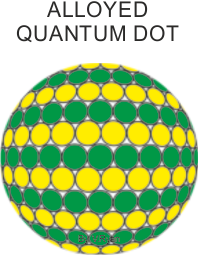A common misconception is that nanomaterials are materials that have simply being miniaturised. The reality is that a single particle of a nanomaterial, has an average size between 1 to 100 nanometres (nm), which is extremely small. Nano means 10-9 or 0.000000001. 1 nano is regarded as equal to the distance across three atoms.
COARSEGRAINED STRUCTURE
(NANOMATERIAL) STRUCTURE
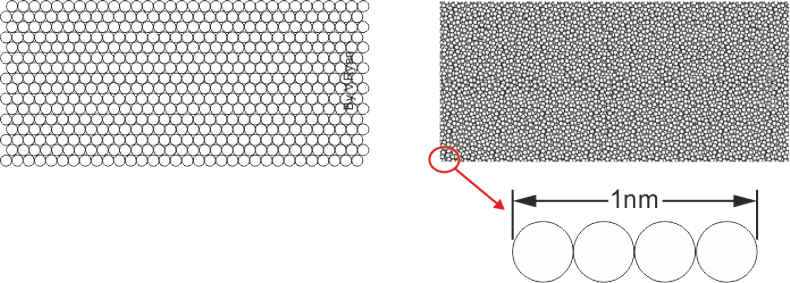
A practical application is in ultra-efficient solar panels, converting sunlight into electricity. Solar panels manufactured from nano-crystalline materials, are many times more productive than standard solar panels and have the potential to work effectively even on dull days. This could mean that we become much less reliant on the use of fossil fuels, in the production of electricity.


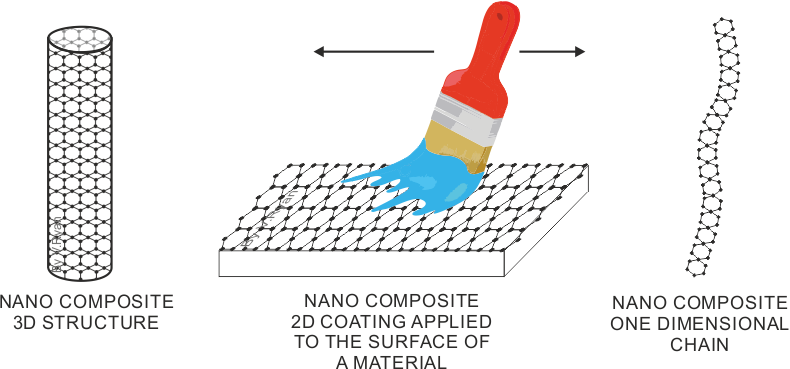
Nano coatings (nanodiamond) have been developed to remove the top layer of paint from car bodywork.
Coatings have also been developed to be scratch resistant, protecting spray painted car bodywork.
Copper is a metal that can be used to convert carbon dioxide into a hydrocarbon fuel. When copper is ‘excited’ with a small voltage, in a container filled with carbon dioxide and other ‘agents’, it is converted into methane, which can be used to produce electricity or to fuel cars.
Electrodes coated with nanoparticles of copper and gold, reduce the amount of electrical energy required to convert the carbon dioxide to methane and it is a more efficient process. One day, this may provide a cost effective way of recycling environmentally damaging carbon dioxide from power stations, back into a fuel.
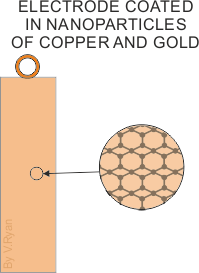
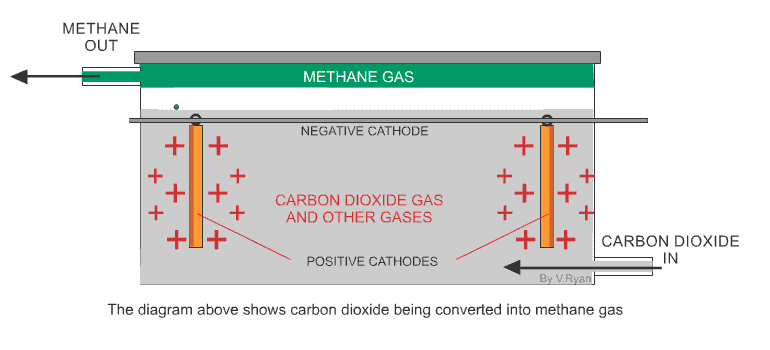
Quantum Dots are minute particles with unparalleled electronic properties, sometimes referred to as semiconducting nanocrystals.
Alloyed quantum dots are possibly the most interesting. Each quantum dot is composed of different semiconductor crystals. Altering the proportions of each semiconductor, changes the colour of the light emitted.
They have the potential to be used in the medical world, due to their ‘nano’ size. Research is being carried out in to developing sensors, that can be used inside the body, changing colour when they detect a particular medical condition.
